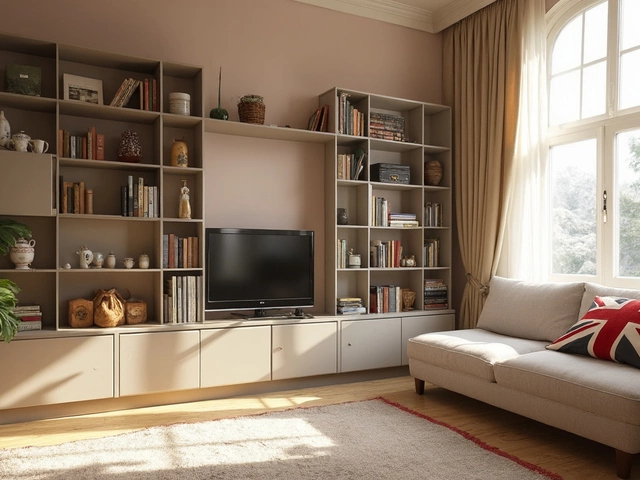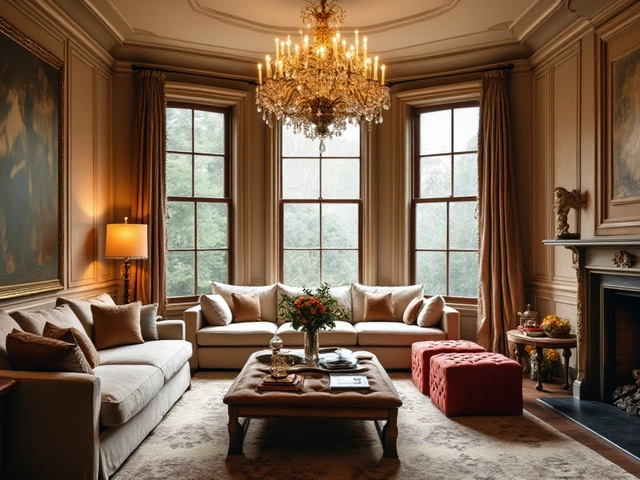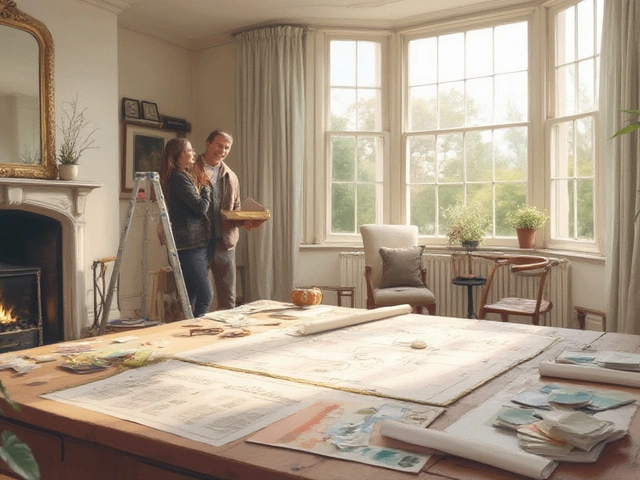Art History Meets Modern Home Design
When exploring Art History, the study of visual expression from prehistoric cave paintings to contemporary installations. Also known as the history of visual arts, it provides the vocabulary and context that designers use to translate centuries‑old aesthetics into today’s homes. The same lens applies to Interior Design, the practice of planning and decorating interior spaces, where each room becomes a canvas that can echo a Baroque fresco or a minimalist Bauhaus line. Likewise, Wall Art, paintings, prints, sculptures or digital pieces displayed on walls acts as the visual bridge between art history’s narrative and the lived experience of a space. By understanding the periods, styles and cultural meanings behind famous works, homeowners can choose décor that feels both personal and historically grounded.
Why art history matters for your home
Design trends don’t exist in a vacuum; they recycle motifs from past movements. The Renaissance sparked a revival of symmetry and proportion, which today shows up in Design Trends, current popular directions in color, material and form like balanced layouts and muted palettes. The Art Deco craze of the 1920s, with its bold geometry and luxe finishes, still influences Home Décor, the objects and finishes that furnish a living space through metallic accents and patterned wallpapers. A semantic triple that captures this flow is: "Art History encompasses Design Trends," "Design Trends require historical reference," and "Historical Reference enriches Home Décor." Knowing that a mid‑century modern sofa echoes the clean lines of the International Style helps you match fabrics, legs, and lighting without feeling forced. The attribute‑value pairing works like this: Art History — periods — Renaissance, Baroque, Modernism; styles — Realism, Impressionism, Abstract; cultural impact — religious, political, social narratives. When you select a wall piece that reflects a specific era, you’re not just adding colour, you’re embedding a story that resonates with the room’s function.
Practical application starts with the walls. Turning a photograph into a piece of Wall Art that mimics a classic painting can soften a stark kitchen or give a bedroom a museum‑like vibe. Pairing that piece with curtains, lighting and furniture inspired by the same era creates a cohesive look that feels intentional rather than eclectic. For instance, if you love the drama of Baroque interiors, choose heavy drapes in rich velvet, chandelier lighting that mimics candlelight, and a rug with ornate patterns—each element echoing a reference point from art history. Conversely, a minimalist loft can borrow the simplicity of Japanese ukiyo‑e prints, using clean lines, natural wood tones and muted hues to evoke calm. The more you understand the language of art history, the easier it becomes to pick elements that speak to each other, whether you’re deciding on a bold statement wall or a subtle accent. Below, you’ll find a range of articles that dive deeper into blinds trends, bedroom TV placement, luxury curtains, and more—all tied together by the thread of art’s influence on everyday design. Explore the collection to see how historic inspiration can power practical, stylish upgrades in any room.






